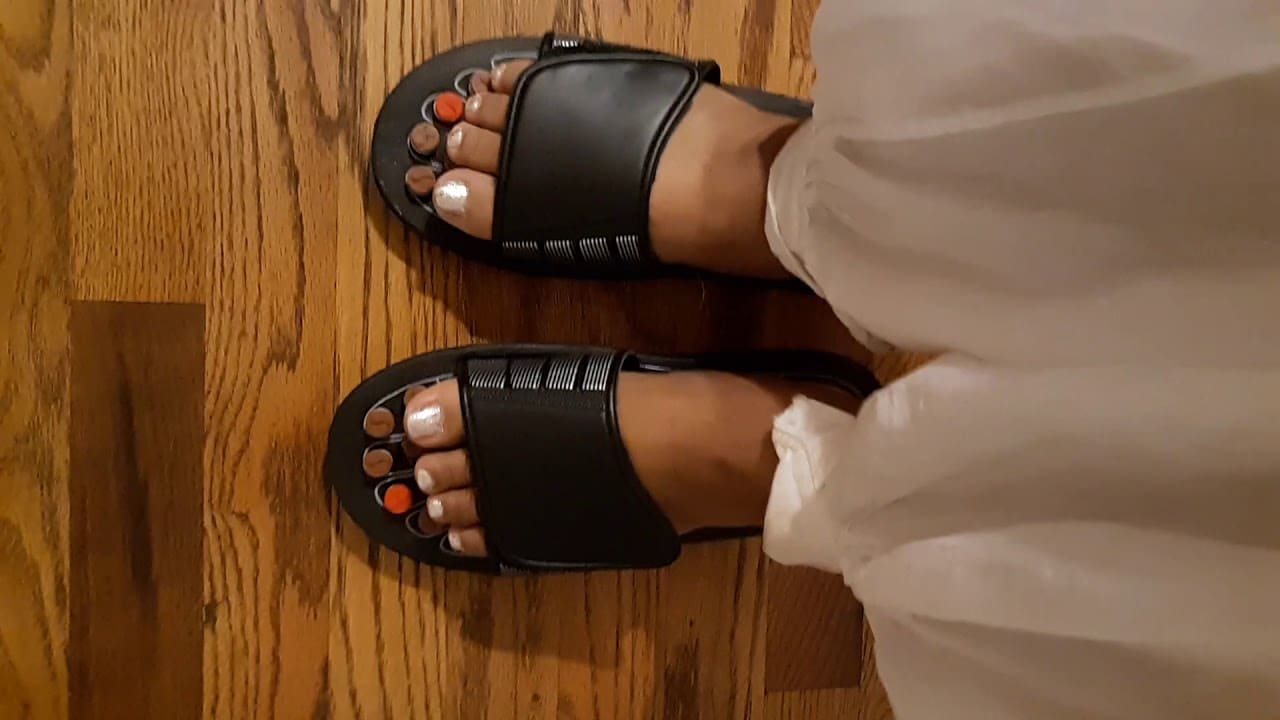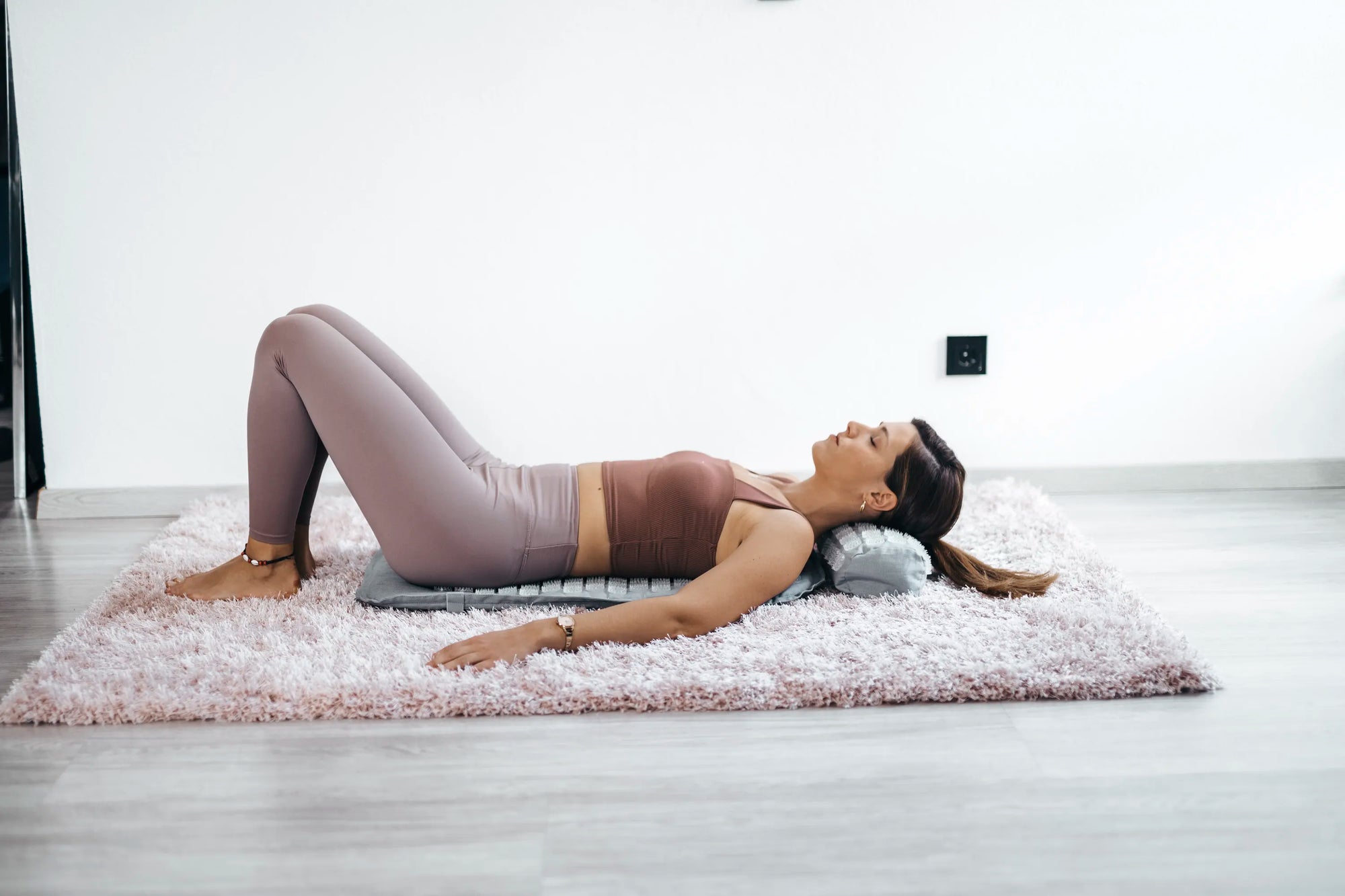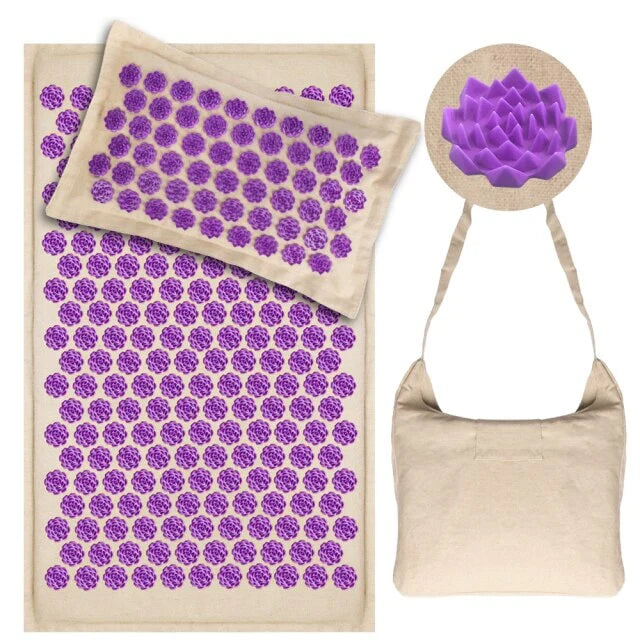Acupressure is a traditional Chinese medicine practice that has been used for centuries to relieve symptoms like nausea, pain, and anxiety. One of the most common and effective acupressure points is the P6, also called Neiguan.
This point is especially known for preventing and treating nausea or vomiting, including symptoms related to motion sickness, pregnancy, and postoperative conditions.
But where exactly is the P6 point, and how can you stimulate it effectively? In this guide, we’ll explore the precise location, benefits, and methods of stimulating this key acupoint.
Understanding the P6 acupressure point (Neiguan)

What is the P6 acupressure point?
The P6 acupoint, also known as Neiguan, is part of the Pericardium meridian in traditional Chinese medicine. It is frequently used in both acupressure and acupuncture treatments to relieve symptoms of nausea, vomiting, and anxiety.
The P6 point plays a significant role in regulating the body’s energy flow and is commonly stimulated to promote relaxation and reduce pain intensity. In acupuncture, needles are used to stimulate P6, but in acupressure, pressure is applied using the thumb or fingers, which provides a non-invasive alternative.
Where exactly is the P6 point located?
The P6 point is located on the inner side of your arm, about three fingers' widths below the wrist crease. To find it, lay your palm facing up and measure three finger-widths below the wrist crease.
The P6 point lies between the tendons of the palmaris longus and the flexor carpi radialis, directly in line with your middle finger. Gently press the spot with your thumb to check if you feel a slight tenderness this indicates you’ve found the correct location. Knowing the precise spot is crucial for effective stimulation.
How to stimulate the P6 point effectively?

Performing self-acupressure on the P6 point
To stimulate the P6 point, use your thumb to apply firm, steady pressure to the point. Hold this pressure while massaging the spot in a gentle, circular motion for about two to three minutes. The goal is to press firmly enough to feel a mild sensation without causing discomfort.
Take slow, deep breaths during the process to help relax your body and enhance the effects of the stimulation. After completing one wrist, repeat the same technique on the other wrist. Regular practice of this technique can help improve blood flow and reduce symptoms effectively.
Benefits of stimulating the P6 acupressure point
Stimulating the P6 point has proven benefits in treating nausea, vomiting, and anxiety. Research published in Anesthesia and Analgesia indicates that P6 acupoint stimulation is statistically effective in preventing postoperative nausea and vomiting (PONV).
Patients receiving P6 stimulation reported a significant reduction in symptoms compared to those receiving a sham treatment. Additionally, the use of acupressure bands or wristbands, which continuously apply pressure to the P6 point, has shown to be beneficial in reducing motion sickness and pregnancy-related morning sickness without the need for antiemetic drugs.
Medical uses and effectiveness of the P6 acupressure point

Managing nausea and vomiting with P6 stimulation
The P6 point is a widely recognized acupoint for reducing nausea and vomiting. Its stimulation can help patients undergoing chemotherapy, women experiencing morning sickness during pregnancy, and individuals suffering from motion sickness.
A systematic review confirmed that stimulating P6 is as effective as antiemetic drugs in preventing nausea and vomiting, with fewer adverse effects. The technique is simple, non-invasive, and has minimal risks, making it a popular complementary therapy among patients and healthcare professionals.
Addressing anxiety and stress with the P6 point
Stimulating the P6 acupressure point has also been shown to reduce anxiety and improve overall relaxation. Blinded randomized trials have demonstrated that P6 stimulation helps lower stress hormone levels and relieve symptoms of anxiety.
This technique is often recommended as part of a comprehensive mental health care plan, including therapies like reflexology and shiatsu. By pressing and holding the P6 point firmly, individuals can experience a calming effect, helping them manage stress more effectively.
Frequently asked questions about the P6 acupressure point

Is the P6 acupoint different from other acupressure points?
Yes, P6 is unique because it is directly associated with relieving nausea, anxiety, and pain. Its location on the Pericardium meridian makes it effective in controlling these symptoms. Unlike other acupoints that might target specific muscle pain or digestion issues, P6 is versatile in addressing both physical and mental conditions.
How can I find the P6 point on my wrist?
To locate the P6 point, face your palm upward and measure three fingers' widths below your wrist crease. The point is located between the two tendons running along your inner arm, aligned with the middle finger. Applying gentle pressure with your thumb should reveal a slightly tender spot, which is a clear indicator that you’ve found the correct acupoint.
Advanced tips for using the P6 acupressure point

Combining P6 stimulation with other techniques for better results
For improved results, combine P6 stimulation with deep breathing exercises or guided meditation. Deep breathing enhances the flow of energy and helps in releasing tension throughout the body. Studies suggest that combining P6 stimulation with relaxation techniques can be particularly effective in reducing symptoms of motion sickness and postoperative nausea.
How to use P6 wristbands for motion sickness and pregnancy?
P6 wristbands are designed to maintain consistent pressure on the Neiguan point, making them a convenient option for people dealing with motion sickness or pregnancy-related nausea. These bands are often used as a preventive measure and have been shown to reduce the risk of nausea significantly.
Some advanced wristbands now feature electrical stimulation, providing a more controlled application of pressure. For patients experiencing chronic symptoms, consulting a doctor about using these devices may help enhance the treatment’s effectiveness.
Conclusion: Embracing the benefits of P6 acupressure

Stimulating the P6 acupressure point, or Neiguan, is a simple yet powerful method for reducing symptoms like nausea, anxiety, and pain. By correctly locating the point and using the right techniques, individuals can achieve natural relief without relying solely on medication.
Whether used for preventing motion sickness, relieving postoperative nausea, or promoting relaxation, the P6 point offers a versatile approach to maintaining well-being. This method has been validated by numerous studies and is an excellent addition to both self-care routines and professional healthcare practices.
Frequently asked questions

1. Where is the P6 acupressure point located?
The P6 acupressure point, also called Neiguan, is located on the inner side of your forearm, below the wrist. Specifically, it lies three fingers' widths from the wrist crease between two tendons: the palmaris longus and the flexor carpi radialis.
To locate the P6 point, turn your hand so the palm faces up, and measure from the wrist crease toward the elbow. When you apply pressure to this point, you should feel a slight tenderness, indicating you’ve found the correct spot.
2. How do I find the P6 point on my wrist?
To find the P6 point on your wrist, place your hand palm-side up. Measure three fingers' widths below the crease of the wrist. The point lies between two tendons along the inner arm.
To ensure accuracy, press with your thumb or finger until you feel a slight sensation beneath the skin. This slight discomfort, if not painful, confirms that you have found the P6 acupoint. Some patients may find using a video tutorial helpful to visualize the process of locating and pressing the P6 point.
3. What is the P6 point used for?
The P6 point is used to relieve nausea, vomiting, and anxiety in patients. This acupoint is especially effective for treating symptoms like motion sickness, morning sickness in pregnant women, and postoperative nausea in individuals recovering from surgery.
Studies explain that acupoint P6 stimulation can help prevent nausea without relying solely on antiemetic drugs, offering a complementary approach to traditional treatments. Additionally, acupressure wristbands are designed to stimulate this point continuously for ongoing symptom relief.
4. Why is the P6 point effective for nausea?
The P6 point is effective for nausea because it influences the Pericardium meridian, which is connected to the chest and stomach regions. Stimulating this acupoint helps regulate energy flow and reduce symptoms of nausea.
Research, including randomized controlled trials, has shown that P6 stimulation can prevent nausea and vomiting in patients undergoing chemotherapy and post-surgery recovery. A systematic review found that the effects of acupressure on P6 were comparable to antiemetic drugs, with fewer adverse effects reported.
5. How do I apply pressure to the P6 point?
To apply pressure to the P6 point, use your thumb or index finger to press the spot firmly. Hold the pressure while massaging the area in a gentle, circular motion for two to three minutes. You should feel a mild sensation without causing pain.
Performing acupressure on both wrists can enhance the overall effects, and using deep breathing techniques can further improve relaxation. Blinding of patients in studies has confirmed the efficacy of this technique compared to sham acupressure treatments.
6. Can I use wristbands to stimulate the P6 point?
Yes, you can use acupressure wristbands to stimulate the P6 point. These wristbands are designed to apply continuous, gentle pressure to the Neiguan point, making them an effective tool for preventing motion sickness, nausea, and morning sickness in pregnant women.
A randomized controlled trial found that patients using acupressure wristbands reported significantly reduced symptoms compared to those receiving sham treatments. Advanced wristbands with a stimulation device provide consistent results, particularly in women undergoing surgery or chemotherapy.
7. What symptoms can be relieved by the P6 acupressure point?
The P6 acupressure point can relieve symptoms such as nausea, vomiting, anxiety, and motion sickness. It is frequently used in complementary therapies to treat postoperative nausea and morning sickness.
According to studies, the stimulation of P6 helps reduce the need for rescue antiemetic medication, which is often given to patients experiencing severe nausea. Acupoint P6 stimulation has proven effective in both acupuncture and acupressure applications, providing a non-invasive method to control nausea-related symptoms.
8. How much pressure should I apply to the P6 point?
When stimulating the P6 point, apply firm but gentle pressure using your thumb or index finger. Press the acupoint firmly enough to feel a mild discomfort, but not so hard that it becomes painful. Hold the pressure for two to three minutes, massaging in a circular motion.
Studies have shown that proper pressure application is key to achieving expected outcomes reported in clinical trials. If discomfort occurs, reduce the pressure slightly to ensure a comfortable experience.
9. Are there any risks in stimulating the P6 point?
Stimulating the P6 point is generally considered safe, but there are some risks to be aware of. For individuals with sensitive skin or certain medical conditions, pressing too hard may cause bruising or soreness. It is important to consult a healthcare provider if you are pregnant or have existing health concerns.
Authors of systematic reviews noted that patients analyzed in controlled studies experienced minimal adverse effects when P6 acupressure was performed correctly.
10. Can the P6 point be used alongside other treatments?
Yes, the P6 point can be used alongside other treatments, such as acupuncture, massage therapy, and reflexology. Combining P6 stimulation with complementary therapies can enhance symptom relief for patients experiencing nausea, anxiety, or pain.
Healthcare professionals often recommend using acupressure wristbands or performing self-acupressure on P6 during recovery from surgery to manage postoperative nausea. Evidence-based practices support the use of P6 acupressure in conjunction with traditional and alternative methods.








